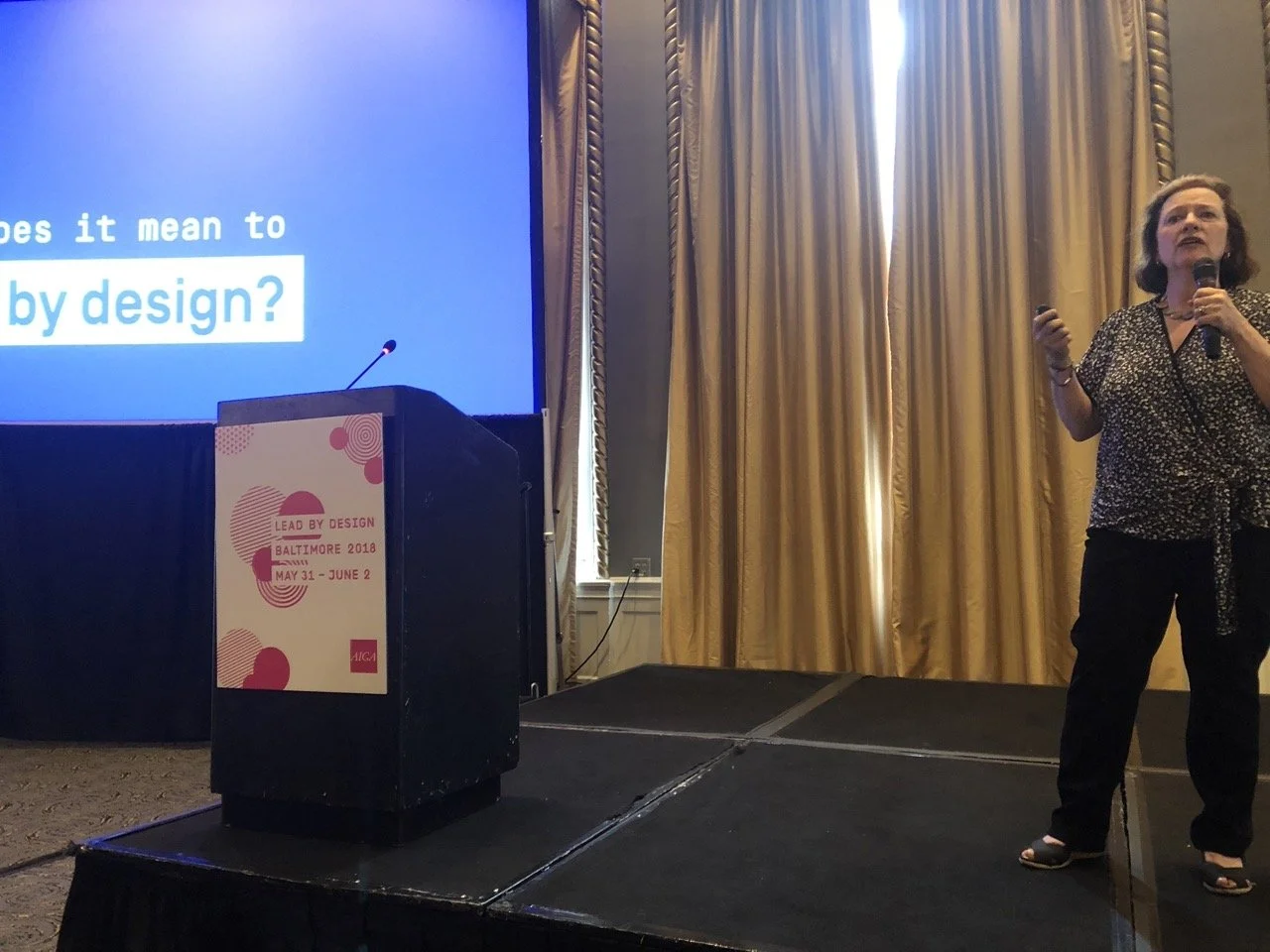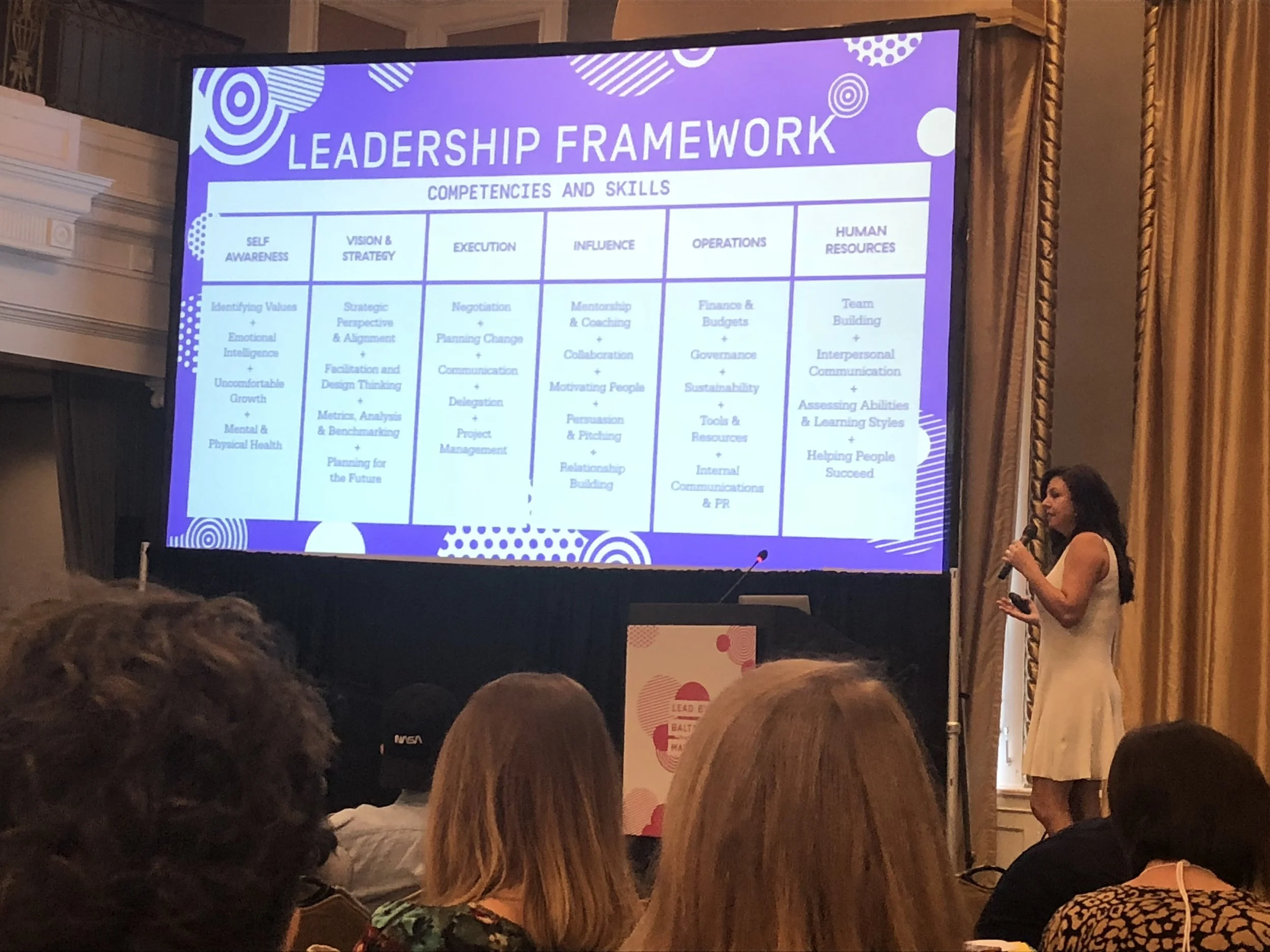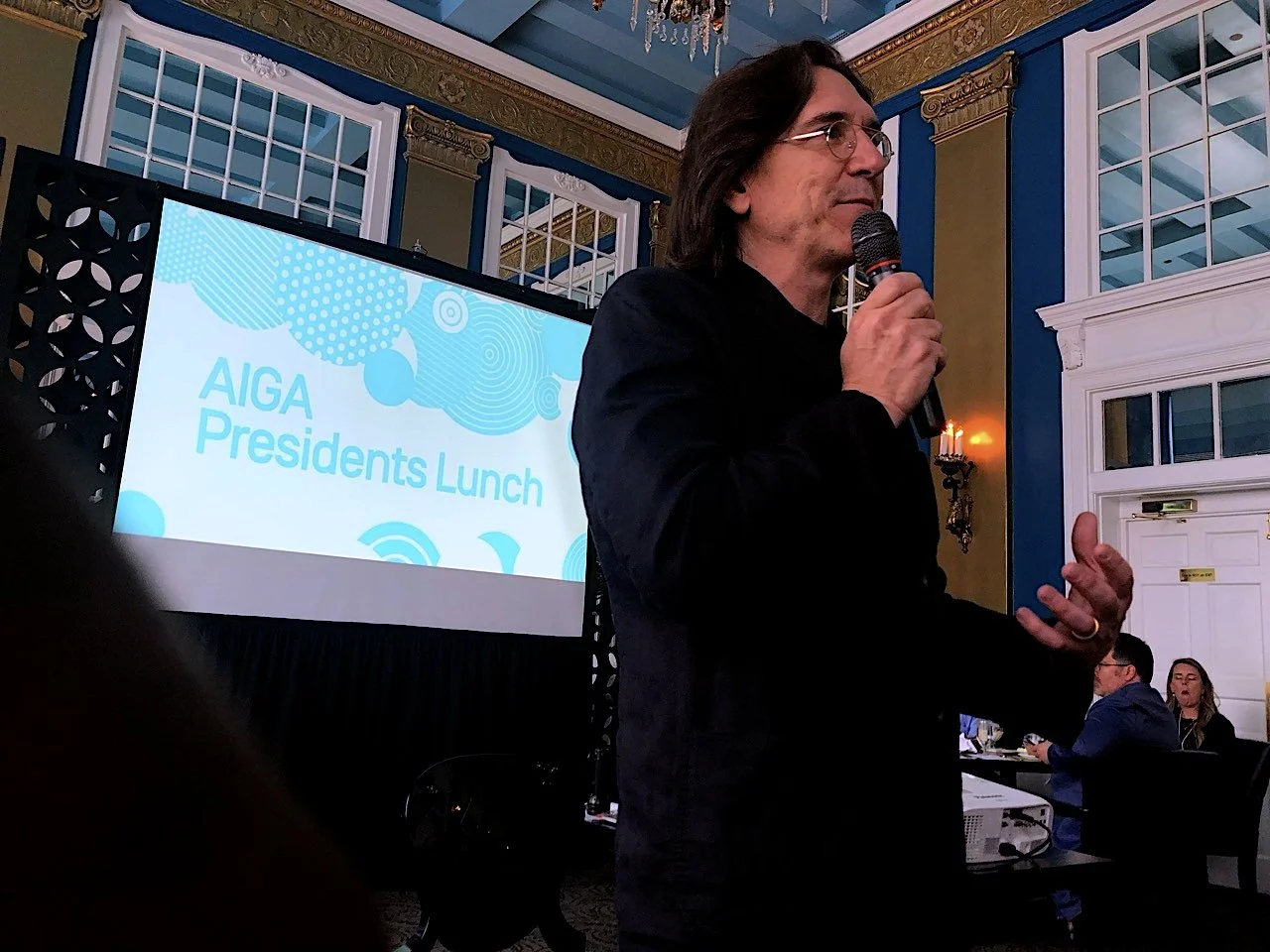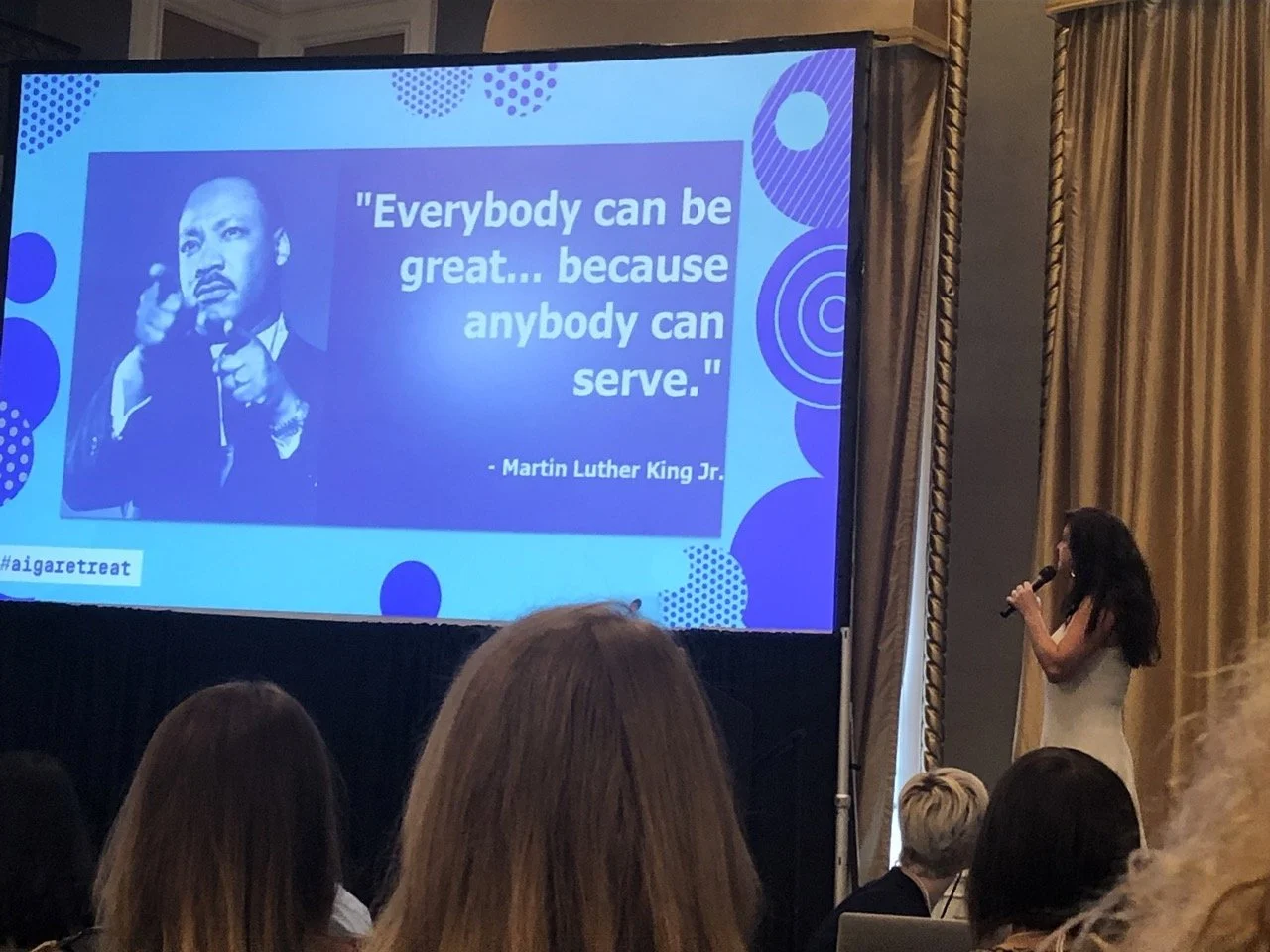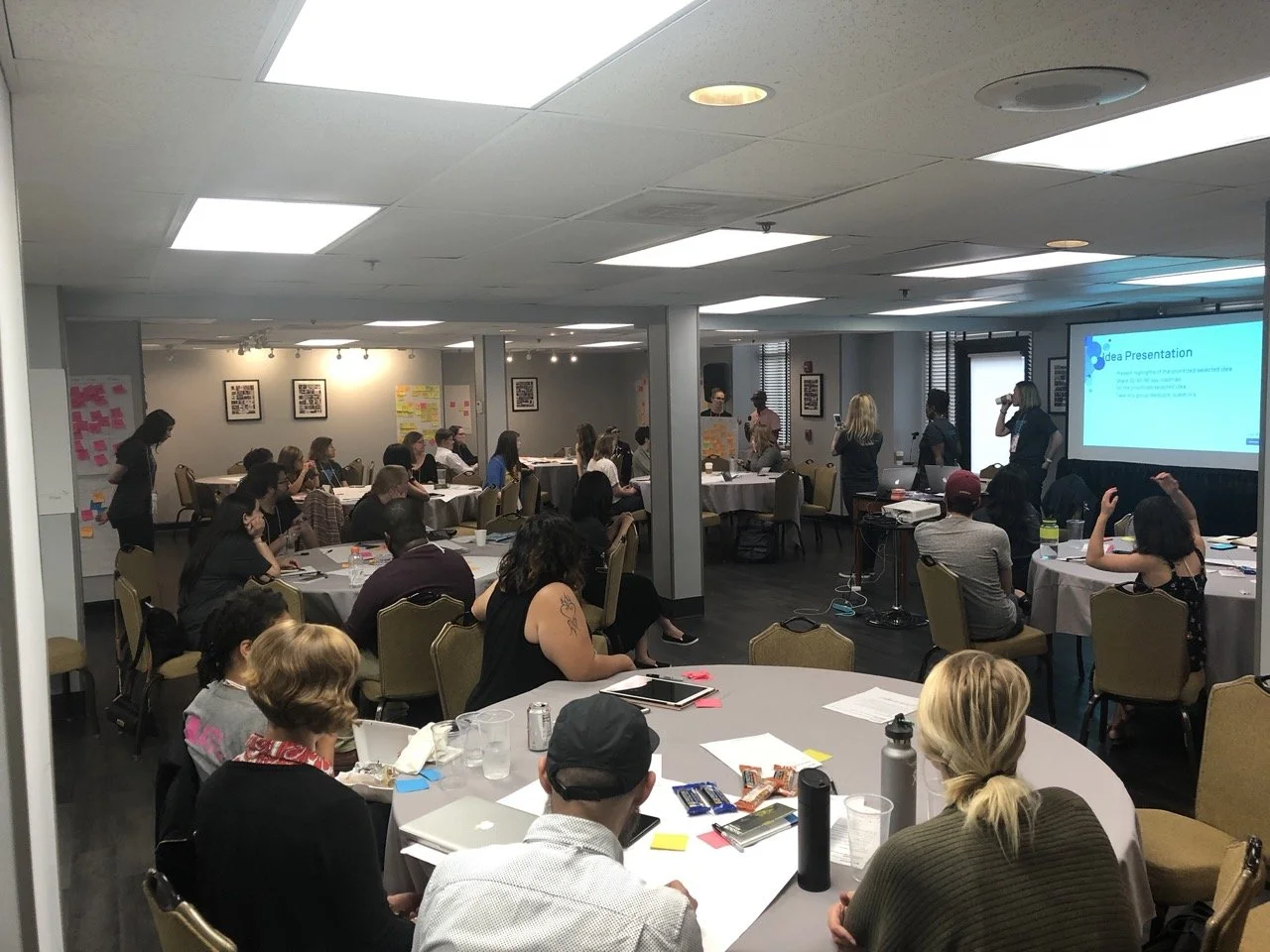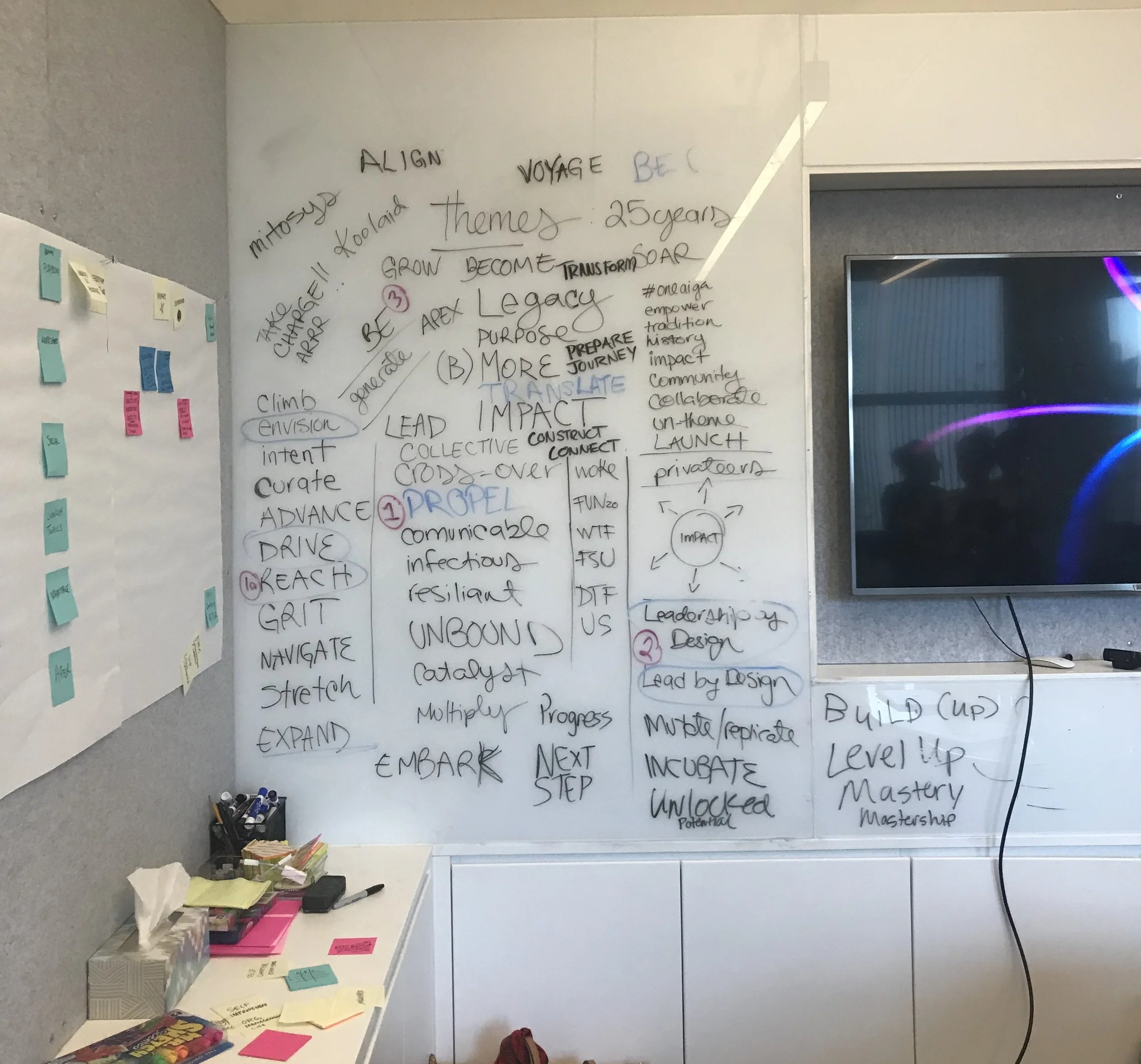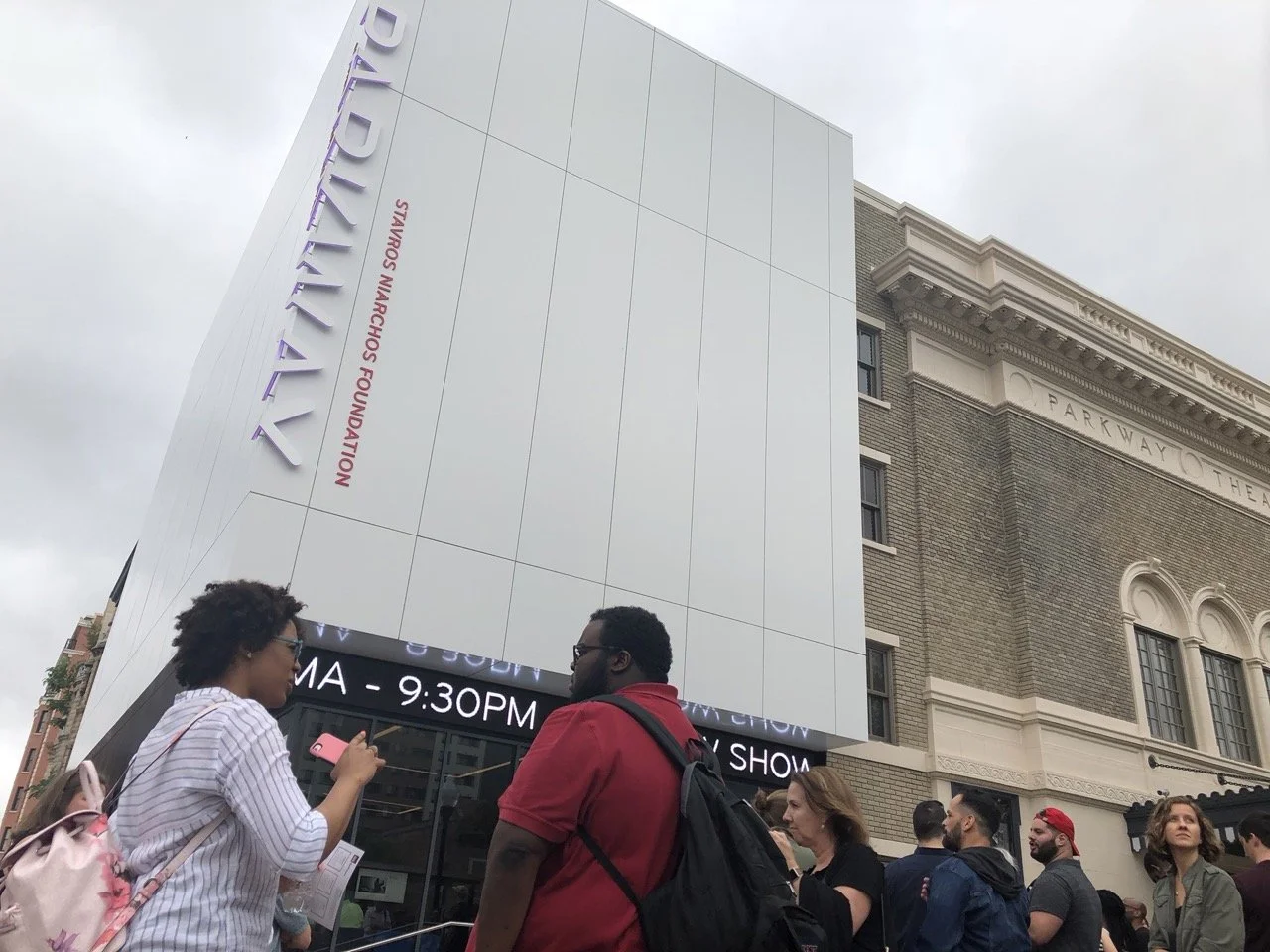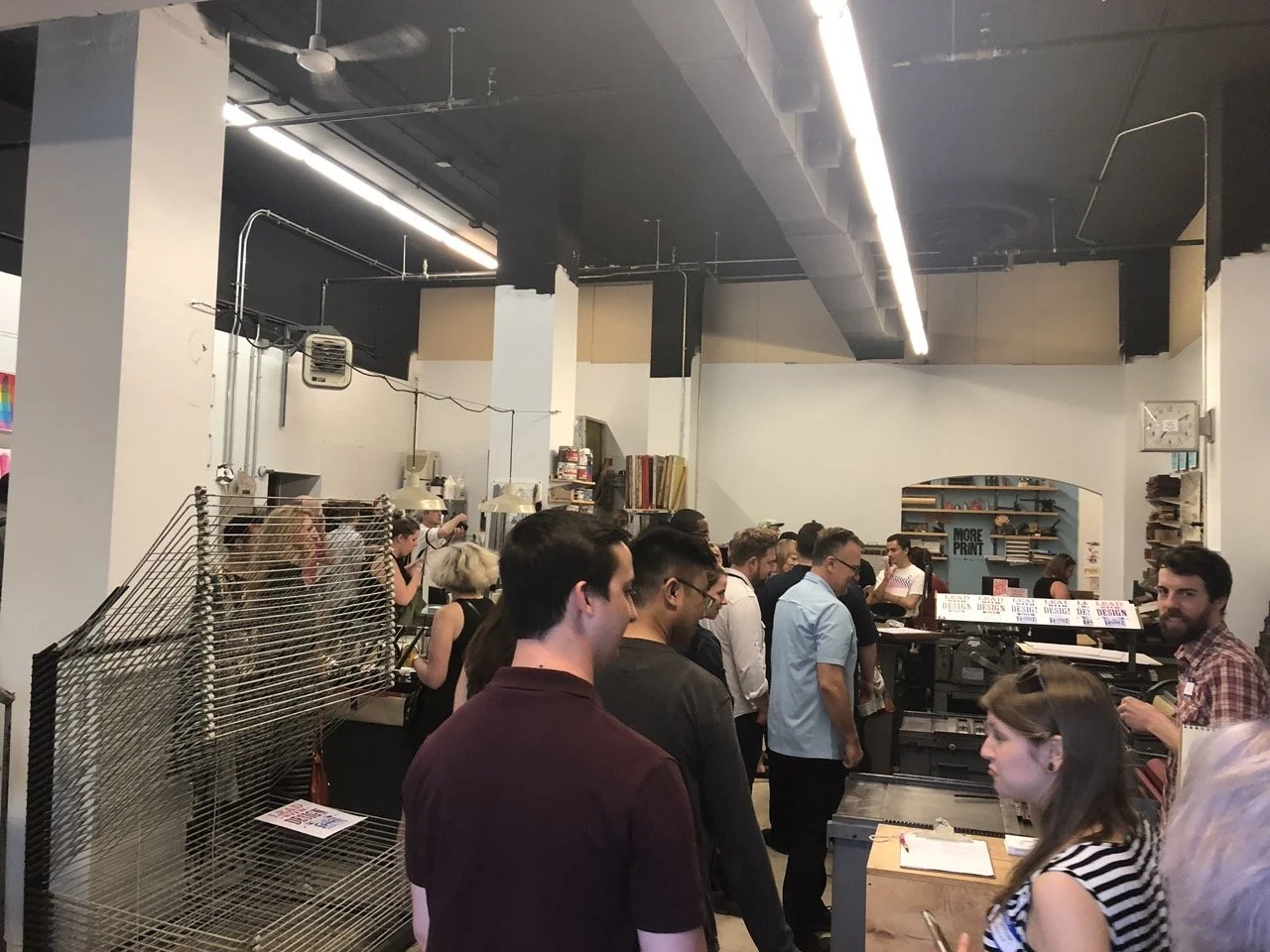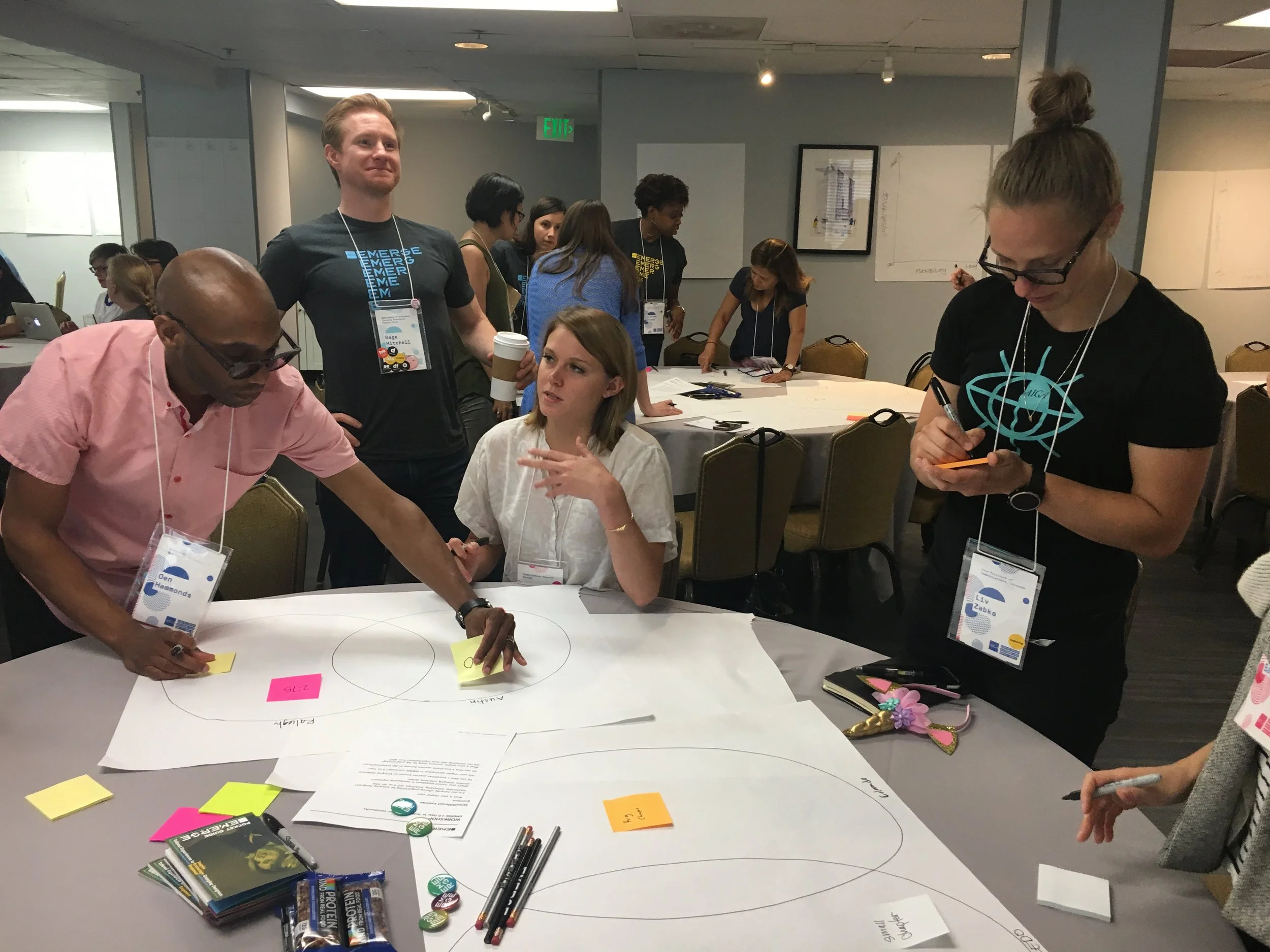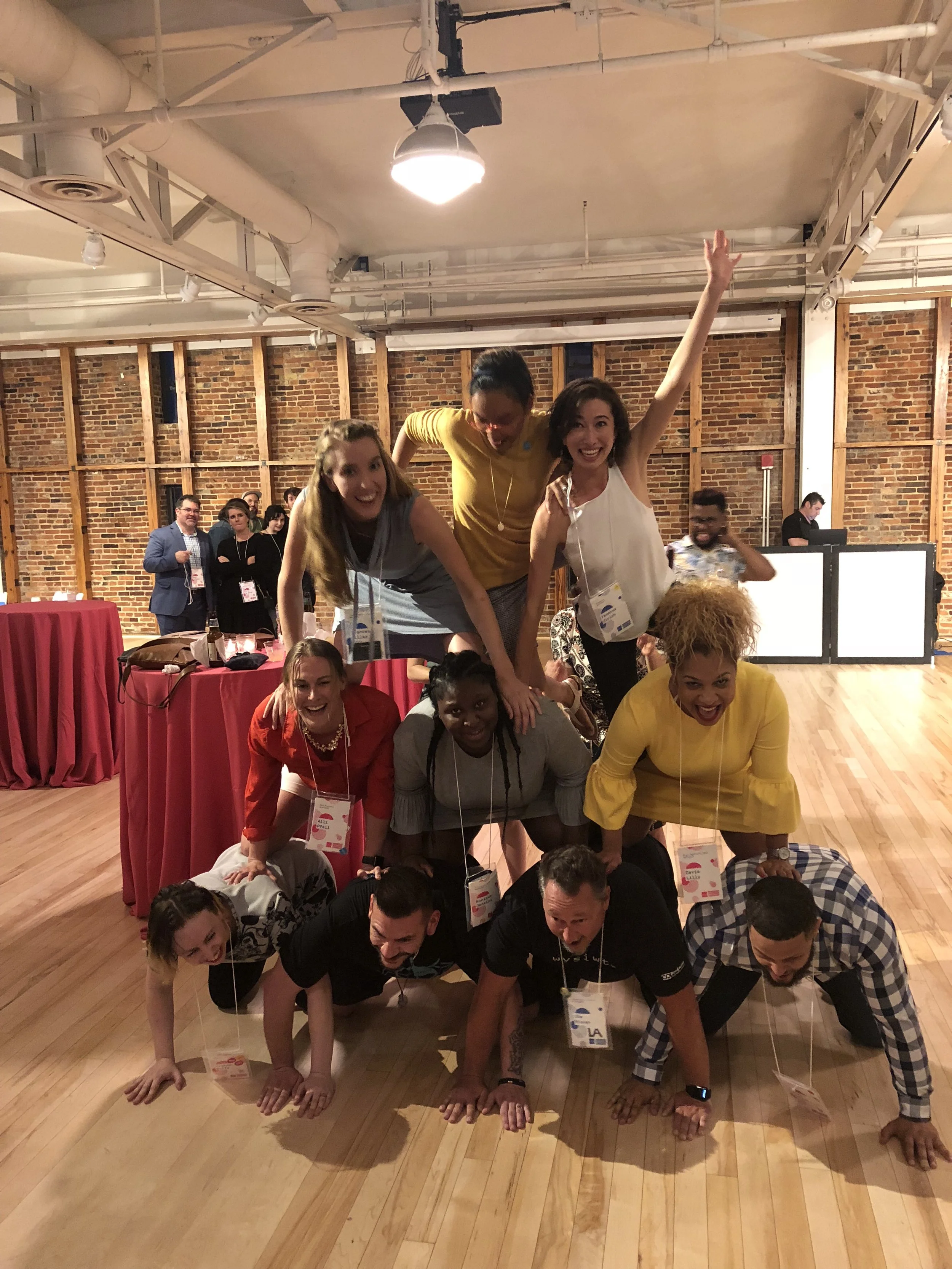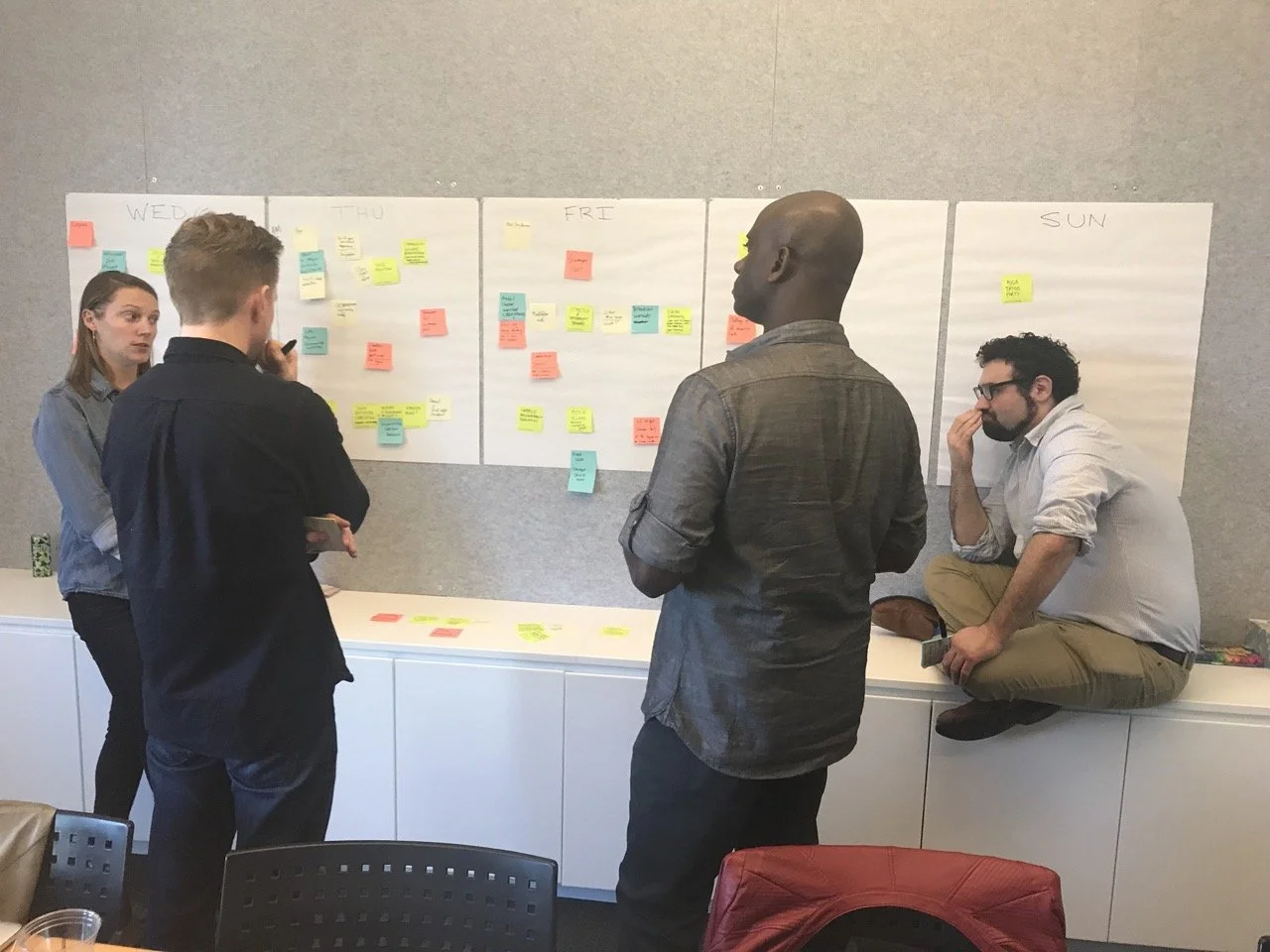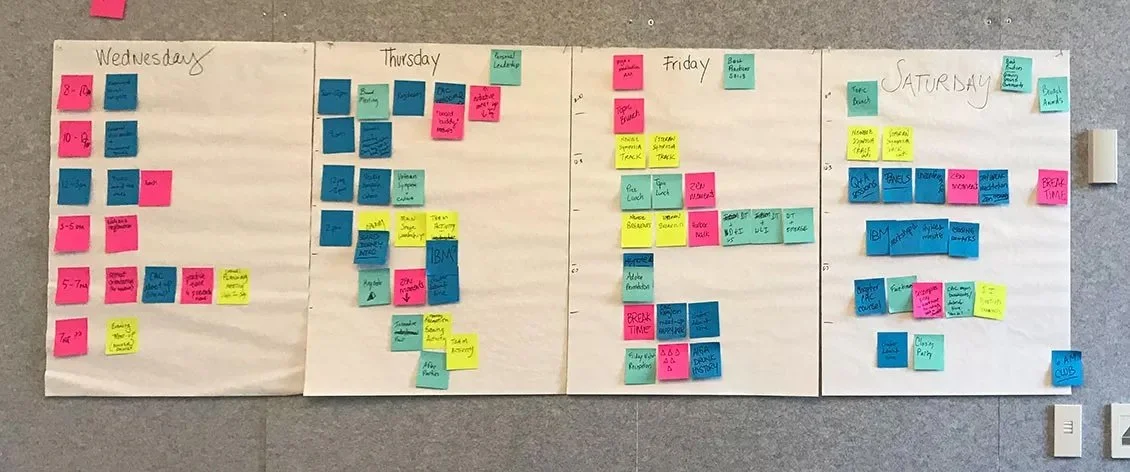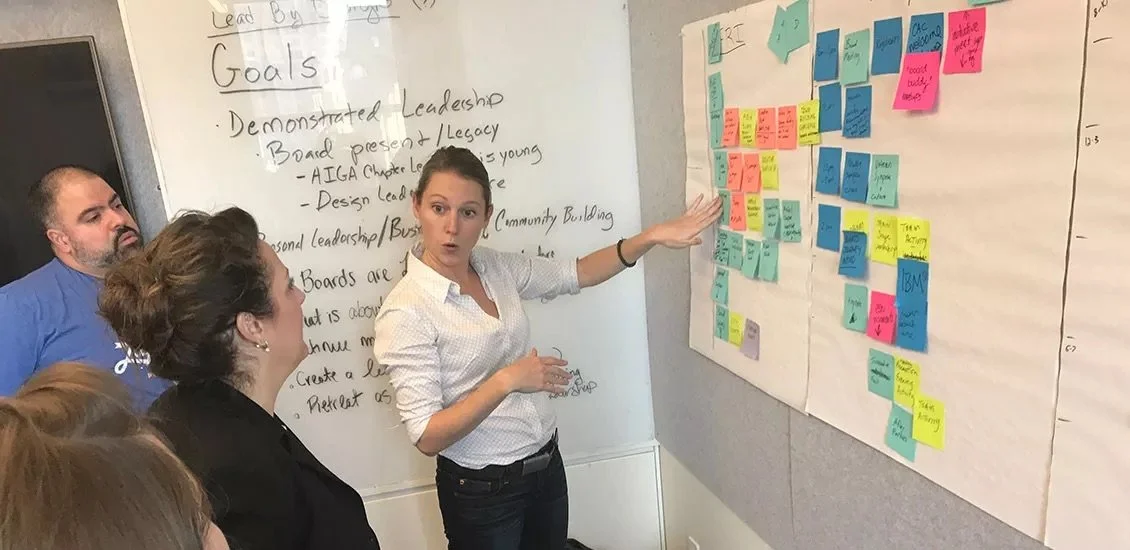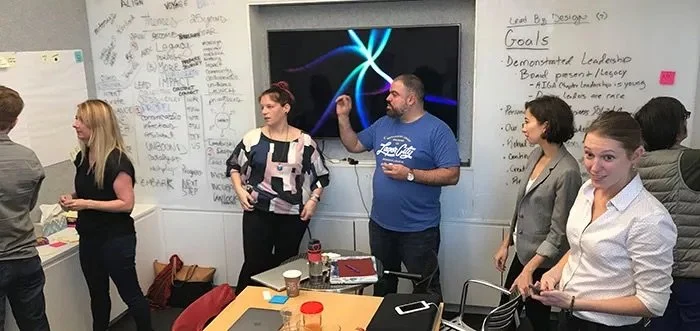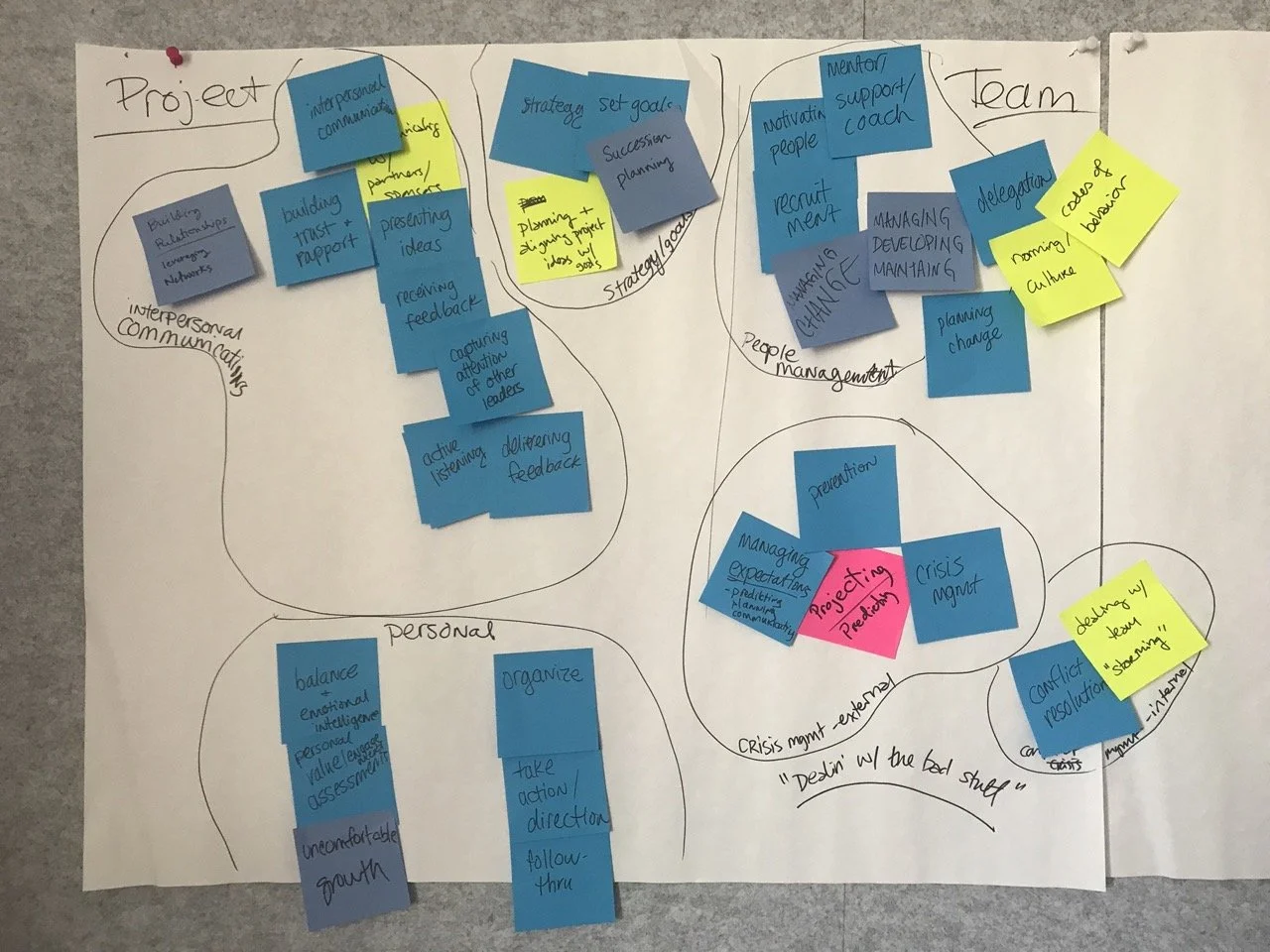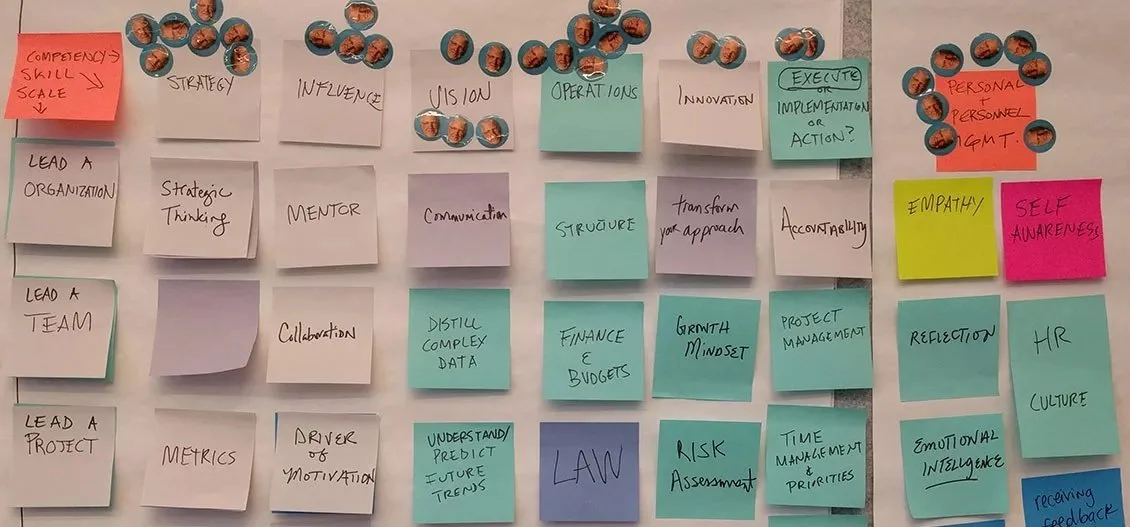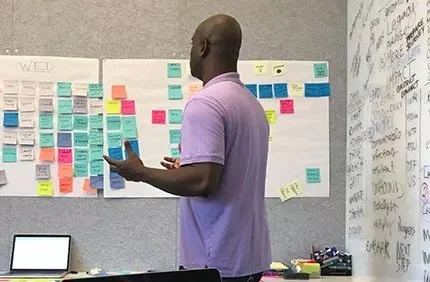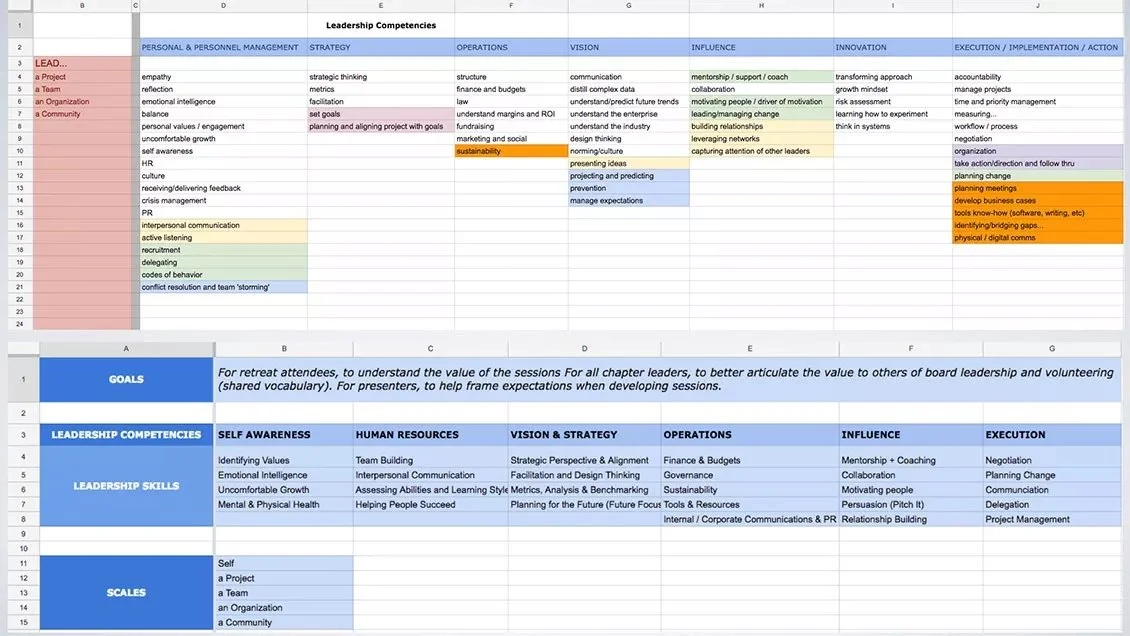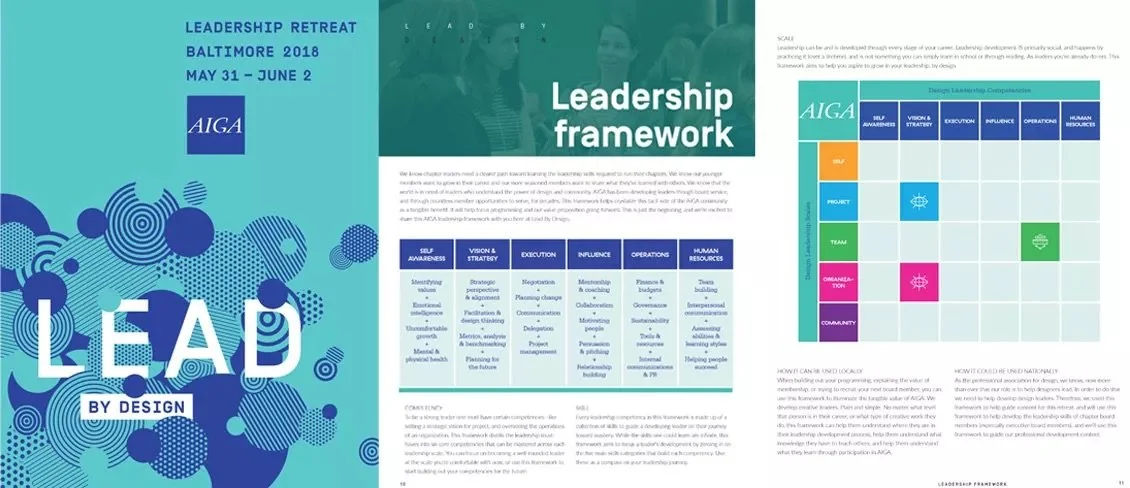AIGA: Lead By Design
Designing AIGA’s Leadership Conference Experience
TL;dr
I shaped the theme, format, and design of AIGA’s 2018 National Leadership Retreat—delivering a well-received experience that elevated Baltimore’s creative voice while connecting and inspiring design leaders from across the country.
Organization Problem
Disjointed and overwhelming conference formats have caused lagging interest in attendance, lower satisfaction, and weaker engagement with both national attendees and host communities.
Initiative Goals:
Reimagine the retreat structure to better engage attendees
Develop a compelling theme aligned with AIGA’s values
Improve conference experience for all attendees
Showcase Baltimore’s creative community on a national stage
What We Did:
Reduced cognitive and emotional fatigue
Improved retention and energy throughout the event
Boosted connection to both the content and host city
Significantly increased attendee satisfaction and community sentiment
Overview
Hosting the AIGA National Leadership Retreat is a big deal for any chapter. For Baltimore—a relatively small chapter—it was both an honor and a serious challenge. We were tasked with not just managing logistics, but crafting an experience that would resonate with 300+ chapter leaders from across the country. That meant coordinating with national staff, working across teams, and navigating the complex needs of an organization in transition—all while making sure our own city and community were represented with care and intention.
From the beginning, we knew this retreat couldn’t just be a series of sessions crammed into a tight schedule. It needed to breathe, it needed space for reflection and space for connection. The opportunity wasn’t just to execute—it was to design an engaging experience that brought national design leaders together in a way previous retreats had fallen short of.
Welcome To Baltimore.
With over 300 attendees—many visiting Baltimore for the first time, some skeptical—I saw an opportunity to shift perceptions and set the tone for the conference for the week. I partnered with AIGA Baltimore’s video sponsor, Stereoscope Studios, to produce a welcome video that showed the city as it is: creative, imperfect, and full of heart. As executive producer, I shaped the concept and narrative to ground the retreat in honesty and connection.
Praised for its authenticity, the video helped many attendees see beyond the headlines—making them feel at home and more connected to the people and spirit of Baltimore.
Designing for Energy, Not Exhaustion:
One of the biggest issues with past retreats was pacing. People left with notebooks full of content—but few lasting connections. They were exhausted, overloaded, and unsure what to take back to their chapters. We approached the 2018 retreat differently.
My Baltimore planning team and I traveled to New York to work alongside national staff, rethinking not just what the retreat offered, but also how people navigated it. We restructured the daily format to reduce content fatigue and create intentional touchpoints for connection. We built in breathing room. We simplified transitions between sessions. We prioritized fewer, deeper conversations over quantity. The goal was to create a rhythm that allowed ideas to land—and energy to last.
Building Tools for Future Leaders
Alongside the event experience, I also supported the development of a new leadership framework that national staff could use with chapters across the country. While it wasn’t perfect, the framework gave us a shared language to begin important conversations about roles, values, and community impact.
During the retreat, we introduced this model through collaborative sessions, giving leaders the chance to reflect on their identities, priorities, and aspirations—not just as designers, but as organizers, educators, and advocates.
Even after the retreat, that work continued. It gave AIGA something to build on, a foundation for evolving what leadership in a national design organization could look like.
Final Impact
The focus of our work paid off; satisfaction scores rose, and attendees described the event as more grounded in the organization’s purpose, more energizing, and more thoughtfully paced than in previous years. When all was said and done, energy was restored, and our city’s creative voice was both heard and felt.
The 2018 AIGA National Leadership Retreat was not only a well-run event—it was a turning point in how the organization thought about leadership convenings. By centering human needs, city context, and intentional pacing, we redefined the experience for over 300 national leaders, one that AIGA would replicate for future leadership retreats in other cities.
The success of the retreat demonstrated that when design thinking is applied beyond visuals—into structure, content, and collaboration—it drives lasting value for people, organizations, and communities alike… It’s also precisely the kind of design and leadership I believe in.
“Thank you Baltimore for an amazing and inspirational week. You are some of the most amazing people I have ever met.”
— AIGA Seattle
“Thank you Baltimore for an amazing retreat. We’re excited to bring all the knowledge back to our chapter, and to revisit our core mission to better serve our community.”
— AIGA Wichita
Project Details:
Organization: AIGA (American Institute of Graphic Arts)
Event: 2018 AIGA National Leadership Retreat
Role: Retreat Co-Producer, Executive Producer (Welcome Video), Experience Designer
Team Collaboration: AIGA Baltimore Chapter Board, AIGA National Staff, Stereoscope Studios (video), Local Creative Community Leaders, National Sponsors
Location: Baltimore, MD
Timeline: 6+ months of planning leading up to the June 2018 retreat
Attendees: 300+ chapter and business leaders from across the U.S.
Key Takeaways
Thoughtful experience design can reshape not just events, but how people feel about a place, a community, and each other
Small chapters can lead impactful national work when they center people, values, and collaboration
Designing for energy and reflection—not just content—makes the experience more meaningful and memorable
A well-crafted first impression (like the welcome video) can shift assumptions and create lasting emotional connection
Human-centered design applied to logistics, space, and storytelling has just as much impact as visual design




